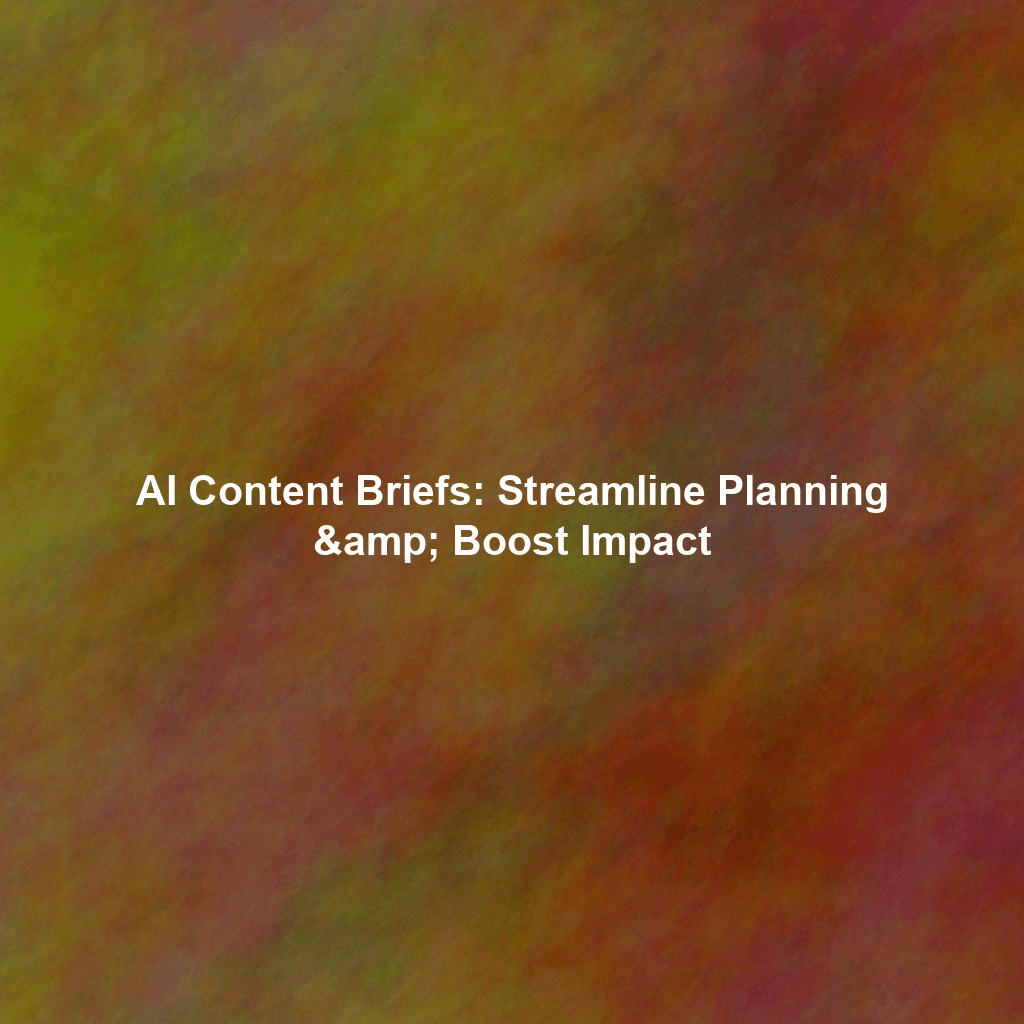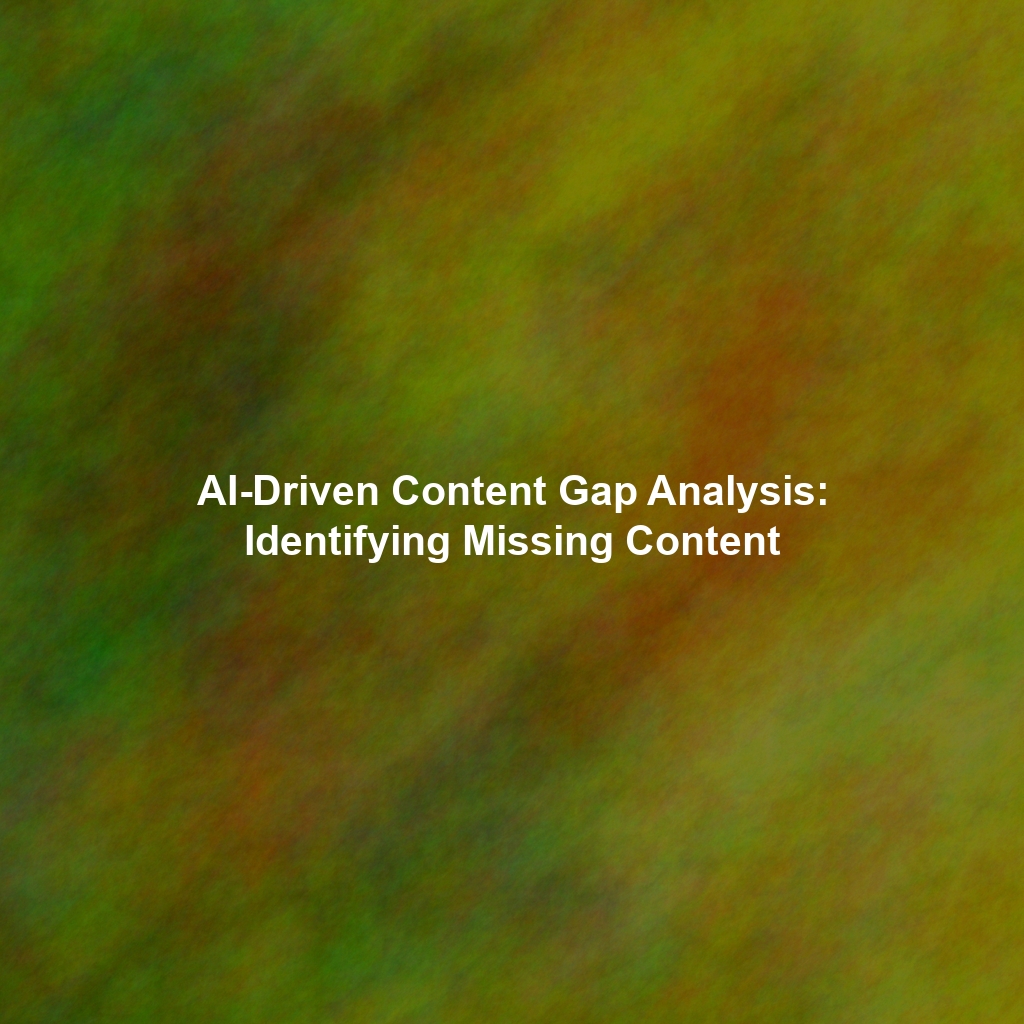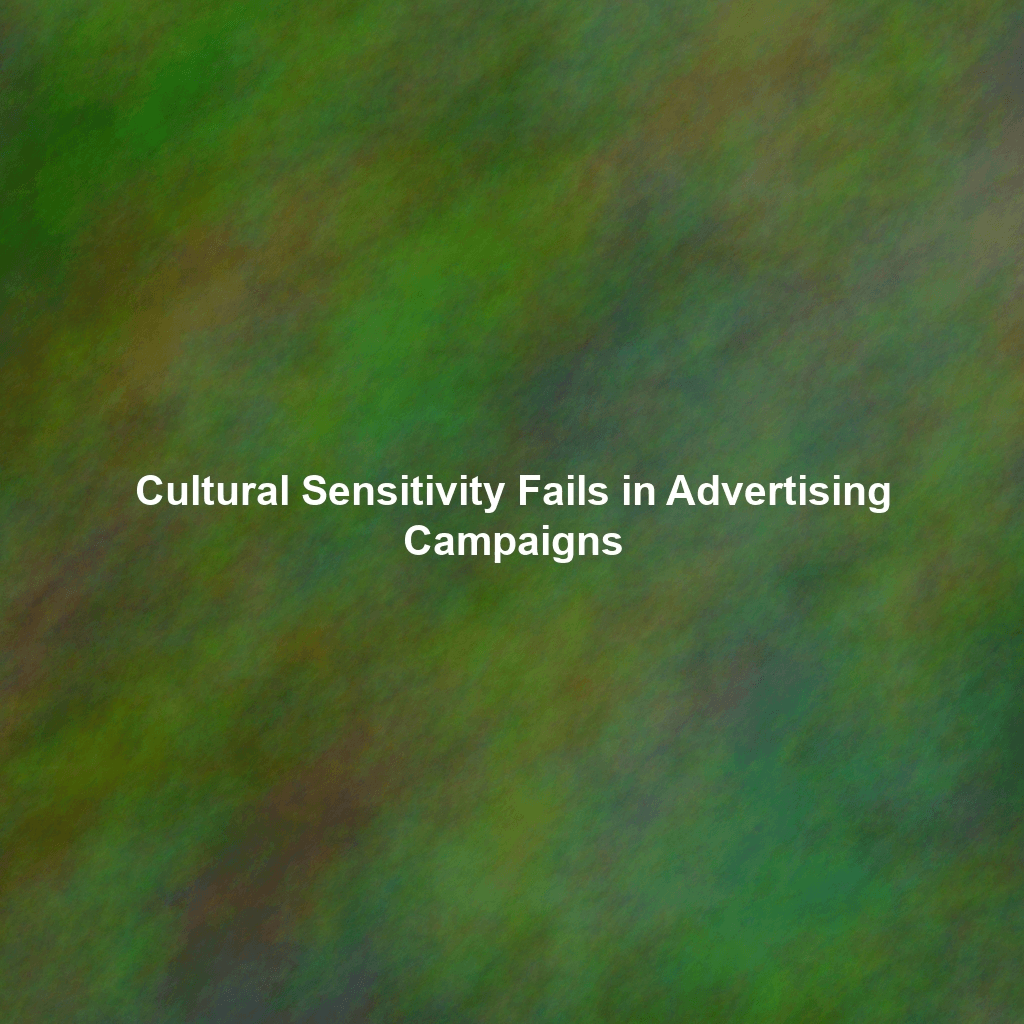Introduction: The Content Brief Bottleneck and the AI Solution
However, crafting comprehensive and effective content briefs can be time-consuming and resource-intensive. It often involves extensive research, keyword analysis, competitive analysis, and a deep understanding of the target audience. This is where artificial intelligence (AI) steps in, offering a powerful solution to streamline the content planning process and elevate the quality of your briefs.
This article will delve into the world of AI-powered content brief generation, exploring how you can leverage this technology to improve your content planning, save time, and create more impactful content. We’ll discuss the benefits of using AI for content briefs, the key components to include, and practical tips for getting started.
Why Use AI for Content Brief Generation? The Key Benefits
Integrating AI into your content brief creation process offers a multitude of advantages. Here are some of the most significant:
- Time Savings: AI can automate many of the research-intensive tasks involved in creating a content brief, such as keyword research, competitive analysis, and audience profiling. This frees up your team to focus on more strategic and creative aspects of content planning.
- Improved Accuracy and Completeness: AI algorithms can analyze vast amounts of data to identify relevant keywords, identify trending topics, and uncover insights about your target audience that might be missed through manual research. This leads to more accurate and comprehensive briefs.
- Enhanced Consistency: AI can help standardize the content brief creation process, ensuring that all briefs follow a consistent format and include all the necessary information. This reduces confusion and improves communication among team members.
- Data-Driven Insights: AI can provide data-driven insights into content performance, helping you to identify what types of content resonate most with your audience and what topics are most likely to drive engagement. This allows you to create more targeted and effective content.
- Scalability: As your content needs grow, AI can help you scale your content planning process without sacrificing quality. AI-powered tools can generate multiple briefs simultaneously, allowing you to produce more content in less time.
Key Components of an AI-Generated Content Brief
While AI can assist in generating content briefs, it’s important to understand the essential elements that should be included. Here’s a breakdown of the key components:
1. Project Overview
This section provides a high-level summary of the content project, including the purpose of the content, the target audience, and the overall goals.
2. Target Audience
A detailed description of the ideal reader, including their demographics, interests, pain points, and motivations. AI can help identify the relevant audience segments and tailor the content to their specific needs.
3. Keywords and SEO Strategy
A list of relevant keywords and phrases that should be included in the content to improve its search engine ranking. AI can perform keyword research and identify long-tail keywords that are likely to drive traffic.
4. Content Outline and Structure
A proposed outline for the content, including headings, subheadings, and key talking points. AI can suggest a logical structure based on the topic and target audience.
5. Tone and Style
A description of the desired tone and style of the content. Should it be formal or informal? Technical or conversational? AI can help match the tone to the target audience and the overall brand voice.
6. Call to Action (CTA)
A clear and specific call to action that tells the reader what you want them to do after reading the content. AI can help optimize the CTA based on the content’s purpose and the target audience’s behavior.
7. Examples and References
Provide examples of existing content that is similar in style and tone. Include links to relevant resources and data sources. AI can help find relevant examples and references to support the content.
8. Competitor Analysis
An overview of the content created by your competitors on similar topics. This helps you identify opportunities to differentiate your content and create something that stands out. AI can analyze competitor content and identify gaps in the market.
9. Content Length and Format
Specify the desired length and format of the content. Is it a blog post, a video script, an infographic, or something else? AI can suggest the optimal length and format based on the topic and the target audience’s preferences.
10. Supporting Visuals
Provide guidance about the types of visuals needed to support the content. What kind of images, charts, or videos could be added to make the content more engaging? AI can help find appropriate images, or suggest specific visuals based on the content type.
How to Use AI Tools for Content Brief Creation: A Step-by-Step Guide
Now that you understand the benefits and key components of AI-generated content briefs, let’s look at how to actually use these tools.
- Choose the Right AI Tool: There are many AI-powered content creation tools available, each with its own strengths and weaknesses. Research different options and choose one that aligns with your specific needs and budget. Look for tools that specialize in content brief generation, keyword research, and competitor analysis.
- Define Your Content Goals: Before you start using the AI tool, clearly define your content goals. What do you want to achieve with this content? Who is your target audience? What keywords do you want to target? The more information you provide, the better the AI tool will be able to generate a relevant and effective brief.
- Input Relevant Information: Feed the AI tool with as much relevant information as possible, including the topic, target audience, keywords, and desired tone and style. The more data you provide, the more tailored and accurate the generated brief will be.
- Review and Refine the AI-Generated Brief: While AI can generate a good starting point, it’s important to review and refine the brief to ensure that it meets your specific needs and requirements. Add your own insights and expertise to make the brief more comprehensive and effective.
- Iterate and Improve: Content brief creation is an iterative process. Use the feedback from your content creators and the performance data of your content to improve your briefs over time. Experiment with different AI tools and approaches to find what works best for your team.
Tips for Maximizing the Effectiveness of AI-Generated Content Briefs
To ensure you’re getting the most out of your AI-powered content brief creation, consider these helpful tips:
- Don’t Rely on AI Exclusively: AI is a powerful tool, but it’s not a replacement for human expertise. Always review and refine the AI-generated briefs to ensure that they are accurate, comprehensive, and aligned with your overall content strategy.
- Provide Clear and Specific Instructions: The more specific your instructions are, the better the AI tool will be able to generate a relevant and effective brief. Don’t be afraid to provide detailed information about your target audience, keywords, and desired tone and style.
- Experiment with Different Tools and Approaches: There are many different AI-powered content creation tools available, each with its own strengths and weaknesses. Experiment with different options to find the ones that work best for your specific needs.
- Track and Measure Your Results: Track the performance of your content and use the data to refine your content brief creation process. What types of content are performing well? What keywords are driving the most traffic? Use this information to improve your briefs and create more effective content.
- Train Your Team: Make sure your team understands how to use the AI tools and how to interpret the AI-generated briefs. Provide training and support to help them get the most out of these tools.
The Future of Content Briefs: AI and Human Collaboration
The future of content briefs isn’t about AI completely replacing human content strategists. Instead, it’s about a collaborative approach where AI handles the data-intensive tasks and humans provide the strategic direction and creative oversight. Imagine AI quickly generating a comprehensive brief with keyword analysis, competitive insights, and audience segmentation, while a human content strategist reviews, refines, and injects their expertise to ensure the brief aligns with the brand’s voice and overall marketing objectives.
This collaborative model will empower content teams to be more efficient, data-driven, and creative. By leveraging the power of AI, content marketers can focus on the strategic aspects of content planning, such as developing compelling narratives, building relationships with influencers, and creating truly engaging experiences for their audience.
Conclusion: Embrace AI to Elevate Your Content Planning
Generating content briefs with AI is no longer a futuristic concept; it’s a practical and effective way to improve your content planning process. By leveraging AI tools, you can save time, improve accuracy, enhance consistency, and gain data-driven insights to create more impactful content. Embrace the power of AI and elevate your content marketing strategy to new heights.
The key is to remember that AI is a tool, and like any tool, it’s only as effective as the user. By combining the power of AI with human expertise and strategic thinking, you can create content briefs that drive results and achieve your content marketing goals.
“`
 Skip to content
Skip to content

